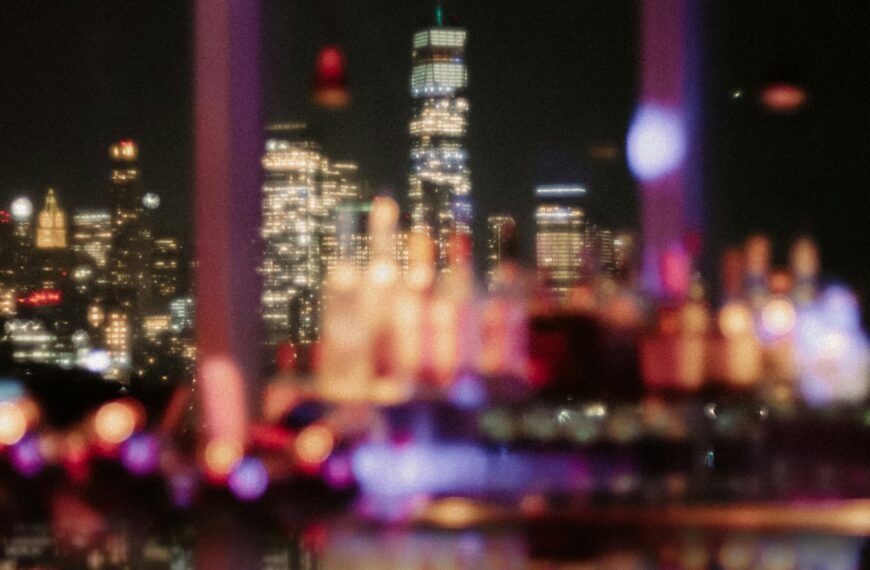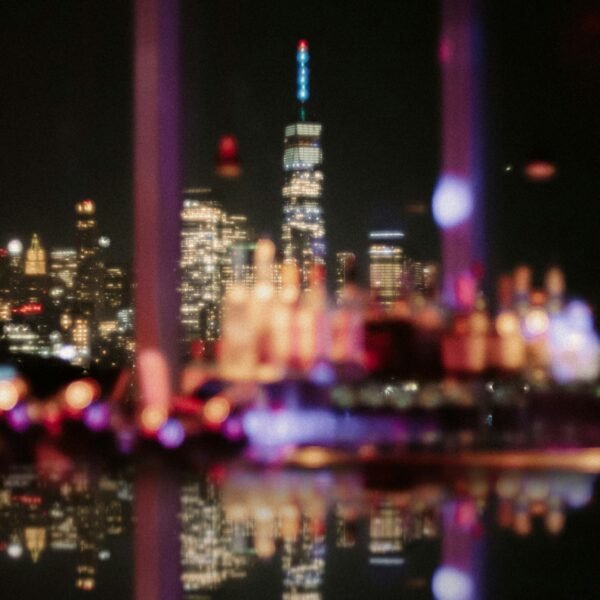Are you tired of the harsh blue light emitted by your iPhone screen? It’s time to give your eyes a break and learn how to turn off the blue light on your iPhone. In this article, you’ll discover some simple steps to help you reduce eye strain and promote better sleep by adjusting the color temperature of your iPhone’s display. Say goodbye to the eye discomfort caused by blue light and hello to a more soothing and pleasant visual experience on your iPhone.

Step 1: Open Settings
To begin, navigate to your iPhone’s home screen by pressing the home button or swiping up from the bottom of the screen. Once you’re on the home screen, look for the ‘Settings’ app and tap on it. The ‘Settings’ app can be recognized by its icon, which resembles gray gears. Tapping on it will take you to the main settings menu of your iPhone.
Step 2: Access Display & Brightness
Scroll down the settings menu until you find the option labeled ‘Display & Brightness’. This option allows you to customize the display settings of your iPhone, including adjusting the blue light settings. Tap on ‘Display & Brightness’ to access the relevant settings.
Step 3: Adjust Blue Light Settings
Under the ‘Display & Brightness’ settings, you will find an option called ‘Night Shift’. Night Shift is a feature designed to reduce your exposure to blue light, which can be harmful to your eyes, especially at night. Tap on ‘Night Shift’ to access the blue light settings.
Step 4: Enable or Disable Night Shift
To enable Night Shift and reduce the amount of blue light emitted by your iPhone’s screen, simply toggle the switch to the right. When Night Shift is enabled, the toggle switch will turn green, indicating that the feature is active. If you want to disable Night Shift and revert to the default display settings, toggle the switch to the left.

Step 5: Adjust Color Temperature
Apart from enabling or disabling Night Shift, you also have the option to customize the color temperature of your iPhone’s display. By tapping on ‘Color Temperature’ within the Night Shift settings, you can access a slider that allows you to adjust the warmth or coolness of the screen tones. Slide the indicator towards the left for warmer tones or towards the right for cooler tones, depending on your preference.
Step 6: Use Control Center Shortcut
If you prefer a quicker way to access Night Shift settings, you can utilize the Control Center shortcut. To do this, swipe down from the top-right corner of the screen on iPhone X or later models, or swipe up from the bottom of the screen on iPhone 8 or earlier models. In the Control Center, make sure that the ‘Night Shift’ icon is highlighted or enabled. Tapping on the icon will instantly enable or disable Night Shift.

Step 7: Schedule Night Shift
For a more automated approach, you can schedule Night Shift to activate and deactivate at specific times. To set a schedule, go to ‘Settings’, then navigate to ‘Display & Brightness’ and select ‘Night Shift’. Within the Night Shift settings, tap on ‘From/To’ and choose the start and end times for Night Shift. Once set, Night Shift will automatically turn on and off during the designated hours, providing a seamless blue light reduction experience.
Step 8: Enable Bedtime Mode
If you utilize the Bedtime feature on your iPhone, you have the option to link Night Shift to it. Bedtime Mode helps you establish a consistent sleep routine by silencing notifications and dimming the screen at bedtime. To enable Bedtime Mode, go to ‘Settings’, then select ‘Do Not Disturb’ and choose ‘Scheduled’. Within the ‘Scheduled’ menu, select ‘Bedtime’ as the active schedule. When Bedtime Mode is active, Night Shift will also automatically activate, ensuring a more restful sleep with reduced exposure to blue light.
Step 9: Temporary Manual Adjustment
If you prefer making temporary adjustments without going through the Settings menu, there is a convenient method using the Control Center. Simply swipe down from the top-right corner of the screen on iPhone X or later models, or swipe up from the bottom of the screen on iPhone 8 or earlier models, to access the Control Center. Look for the ‘Brightness’ slider and perform a 3D Touch or long press on it. This action will expand the slider, revealing additional controls for Night Shift. From here, you can toggle Night Shift on or off, as well as adjust the color temperature according to your immediate needs.
Step 10: Consider Third-Party Apps
If the built-in Night Shift feature on your iPhone does not fully meet your specific requirements, there are third-party apps available on the App Store that can provide additional customization options and features. These apps can offer enhanced blue light reduction capabilities and even allow you to fine-tune the settings to suit your preferences. To explore those options, simply search for keywords like ‘blue light filter’ or ‘night mode’ within the App Store and choose the app that best fits your needs.
By following these steps, you can effectively control and reduce the blue light emitted by your iPhone’s screen, promoting healthier and more comfortable viewing experiences, particularly during nighttime or low-light conditions. Remember to adjust the blue light settings according to your preferences and lifestyle, whether it’s manually, through schedule activation, or by using convenient shortcuts like the Control Center. Prioritizing your eye health is crucial, and with the availability of features like Night Shift and third-party apps, you can easily adapt your iPhone’s display to reduce blue light exposure and protect your eyes.








